Bil Herd joins us for the Hack Chat on Wednesday, September 25, 2019 at noon PDT.
Time zones got you down? Here's a handy time converter!
 Printed circuits have become so commoditized that we seldom think much about design details. EDA software makes it easy to forget about the subtleties and nuances that make themselves painfully obvious once your design comes back from the fab and doesn't work quite the way you thought it would.
Printed circuits have become so commoditized that we seldom think much about design details. EDA software makes it easy to forget about the subtleties and nuances that make themselves painfully obvious once your design comes back from the fab and doesn't work quite the way you thought it would.
PCB design only gets more difficult the faster your circuit needs to go, and that's where a depth of practical design experience can come in handy. Bil Herd, the legendary design engineer who worked on the Commodore C128 and Plus4/264 computers and many designs since then, knows a thing or two in this space, and he's going to stop by the Hack Chat to talk about it. This is your chance to pick the brain of someone with a wealth of real-world experience in high-speed PCB design. Come along to find out what kind of design mistakes are waiting to make your day miserable, and which ones can be safely ignored. Spoiler alert: square corners probably don't matter.




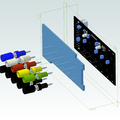

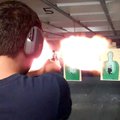
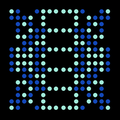
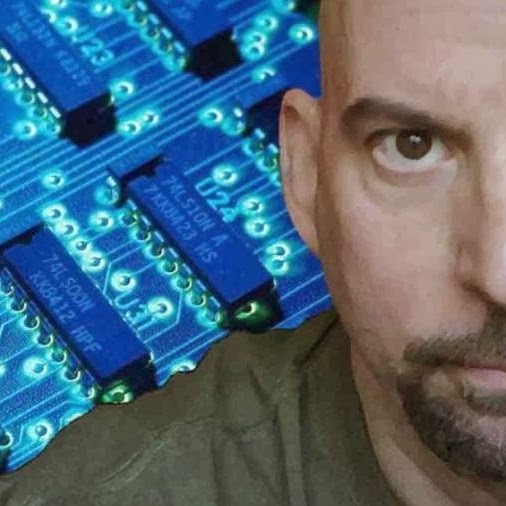
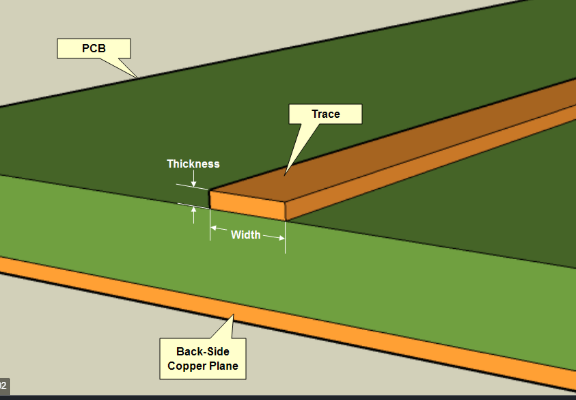
 I blame Google
I blame Google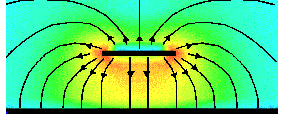

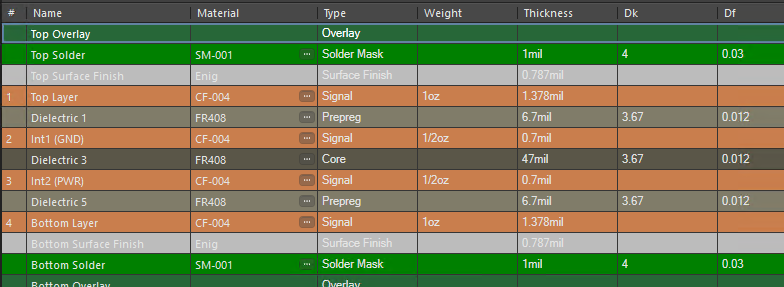
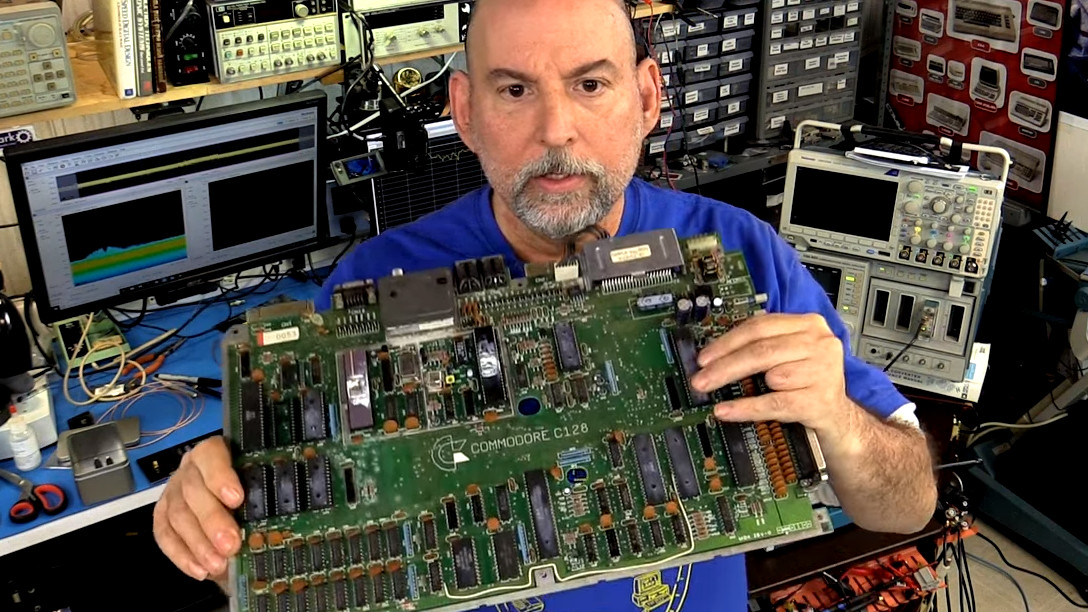


Can we get a qualification for what is considered "High-Speed" in the context of this chat please?